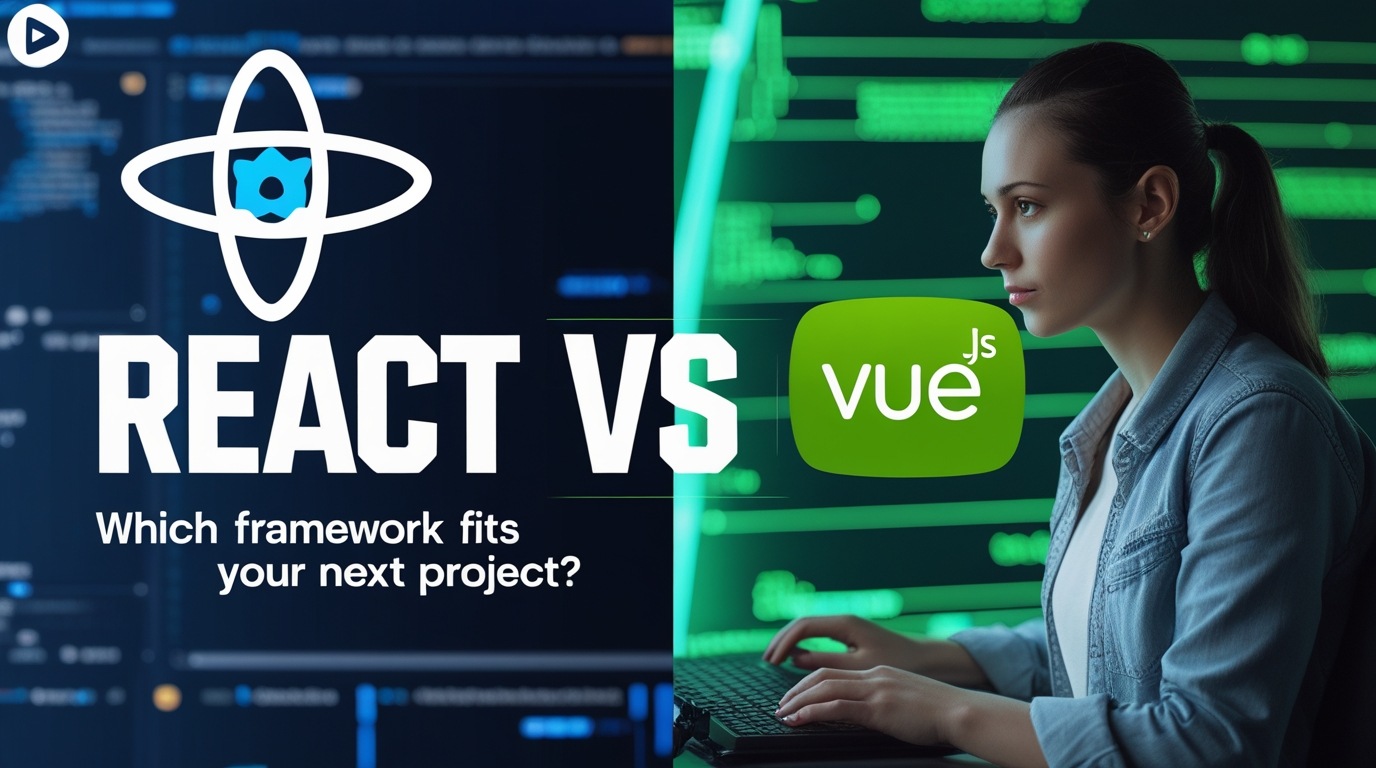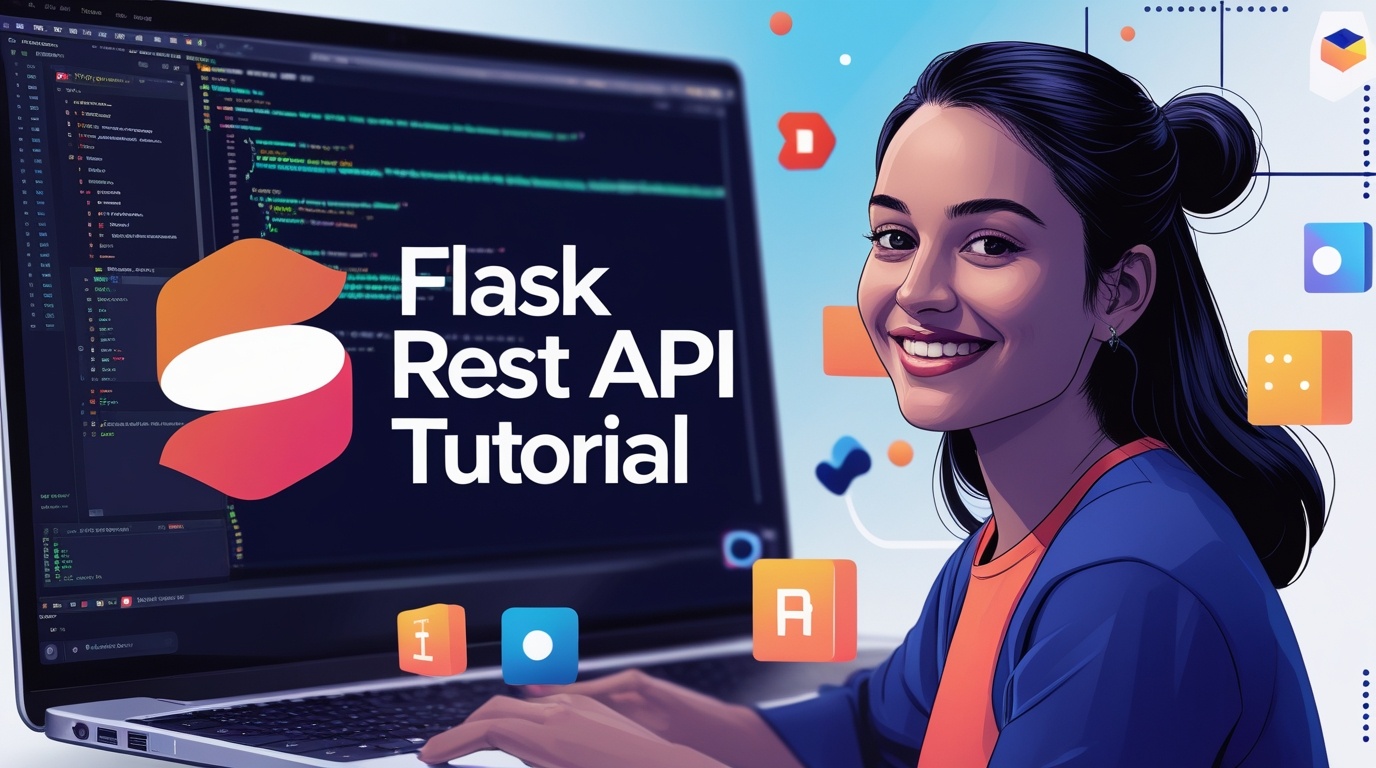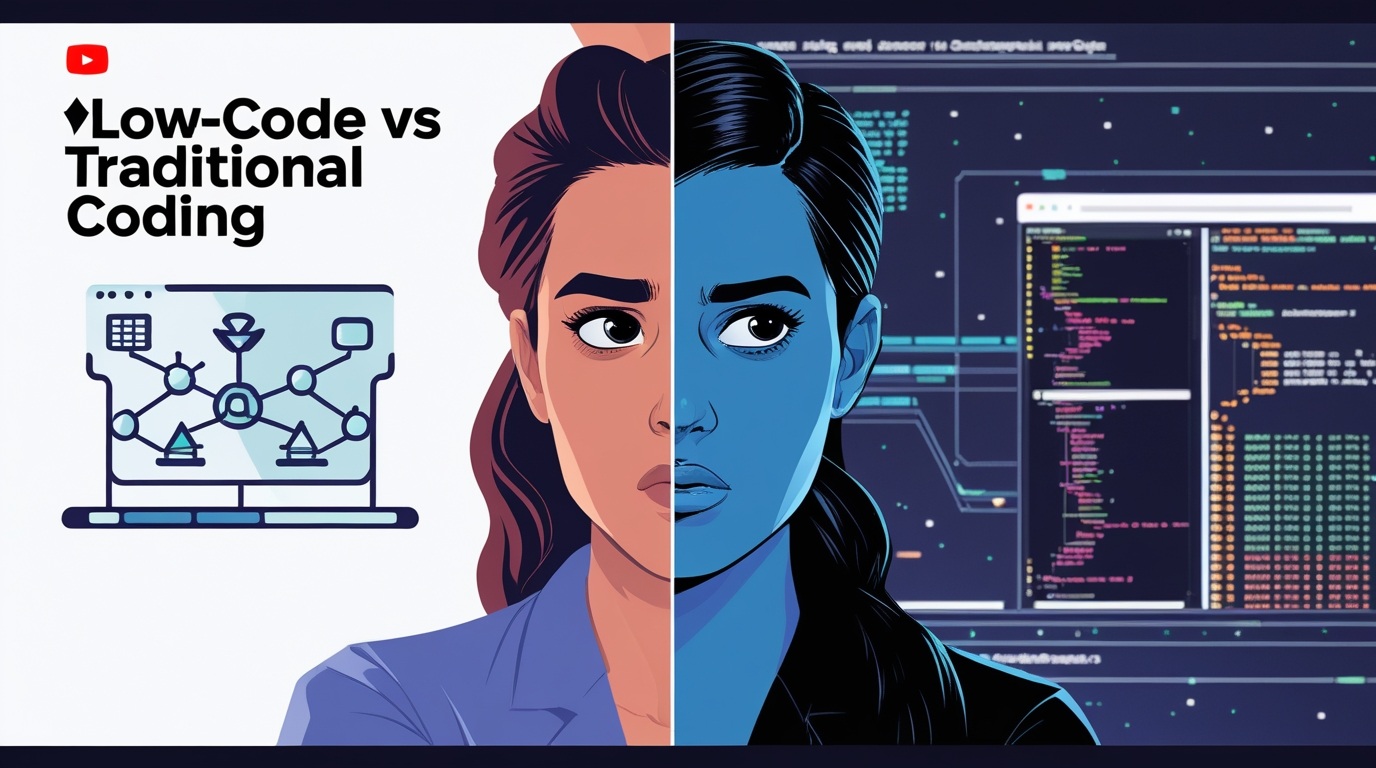Python continues to dominate the programming world, thanks to its simplicity and powerful libraries. Whether you're a beginner or an experienced developer, knowing the right libraries can save you time and make your work more efficient.
In this article, we’ll explore 10 must-know Python libraries in 2025 that can help you with web development, data science, automation, and more. Let’s dive in!
1. NumPy – The Foundation of Scientific Computing
Use Case: Numerical operations, mathematical functions, and array handling
NumPy (Numerical Python) is the backbone of data science and machine learning in Python. It provides support for large, multi-dimensional arrays and matrices, along with a collection of mathematical functions.
Why Use NumPy?
-
Faster than Python lists for numerical operations
-
Essential for machine learning (used by TensorFlow, PyTorch)
-
Simplifies complex mathematical computations
Example:
python
import numpy as np arr = np.array([1, 2, 3]) print(arr * 2) # Output: [2, 4, 6]
2. Pandas – Data Manipulation Made Easy
Use Case: Data analysis, cleaning, and manipulation
Pandas is a must-know library for anyone working with data. It provides DataFrame objects, which make it easy to handle structured data (like Excel sheets or SQL tables).
Why Use Pandas?
-
Read and write data from CSV, Excel, SQL, etc.
-
Clean and preprocess data efficiently
-
Powerful grouping, merging, and filtering options
Example:
python
import pandas as pd data = {'Name': ['Alice', 'Bob'], 'Age': [25, 30]} df = pd.DataFrame(data) print(df)
3. TensorFlow / PyTorch – AI and Deep Learning
Use Case: Machine learning, neural networks, AI
Both TensorFlow (by Google) and PyTorch (by Facebook) are leading libraries for deep learning.
-
TensorFlow is great for production-level models.
-
PyTorch is preferred for research due to its flexibility.
Why Use Them?
-
Build and train neural networks
-
Used in AI applications like image and speech recognition
-
Supports GPU acceleration for faster training
Example (TensorFlow):
python
import tensorflow as tf model = tf.keras.Sequential([tf.keras.layers.Dense(units=1, input_shape=[1])]) model.compile(optimizer='sgd', loss='mean_squared_error')
4. FastAPI – Modern Web Framework
Use Case: Building fast and scalable APIs
FastAPI is a modern, fast (high-performance) web framework for building APIs with Python. It’s becoming more popular than Flask and Django for API development.
Why Use FastAPI?
-
Automatic API documentation (Swagger UI)
-
High performance (comparable to Node.js and Go)
-
Easy to learn with Python-type hints
Example:
python
from fastapi import FastAPI app = FastAPI() @app.get("/") def home(): return {"message": "Hello World"}
5. Requests – Simplifying HTTP Calls
Use Case: Making HTTP requests to APIs
The Requests library makes it super easy to send HTTP requests and handle responses.
Why Use Requests?
-
Simple and intuitive syntax
-
Works with REST APIs, web scraping, and more
-
No need for complex built-in modules like
urllib
Example:
python
import requests response = requests.get("https://api.github.com") print(response.json())
6. BeautifulSoup / Scrapy – Web Scraping
Use Case: Extracting data from websites
-
BeautifulSoup is great for small scraping tasks.
-
Scrapy is a full-fledged framework for large-scale web crawling.
Why Use Them?
-
Extract data from HTML/XML pages
-
Automate data collection from websites
-
Useful for price monitoring, research, and SEO
Example (BeautifulSoup):
python
from bs4 import BeautifulSoup import requests url = "https://example.com" page = requests.get(url) soup = BeautifulSoup(page.content, 'html.parser') print(soup.title.text)
7. Matplotlib / Seaborn – Data Visualization
Use Case: Creating charts and graphs
-
Matplotlib is the foundational plotting library.
-
Seaborn provides prettier and more complex visualizations.
Why Use Them?
-
Turn data into insightful graphs
-
Essential for data analysis and presentations
-
Customizable and interactive plots
Example (Matplotlib):
python
import matplotlib.pyplot as plt x = [1, 2, 3] y = [4, 5, 6] plt.plot(x, y) plt.show()
8. OpenCV – Computer Vision
Use Case: Image and video processing
OpenCV is the go-to library for computer vision tasks like face detection, object recognition, and video analysis.
Why Use OpenCV?
-
Real-time image processing
-
Supports AI-based face and object detection
-
Used in robotics, security, and AR/VR
Example:
python
import cv2 img = cv2.imread('image.jpg') gray_img = cv2.cvtColor(img, cv2.COLOR_BGR2GRAY) cv2.imshow('Gray Image', gray_img) cv2.waitKey(0)
9. Asyncio – Asynchronous Programming
Use Case: Writing concurrent code for better performance
Asyncio allows you to write non-blocking, asynchronous code, making apps faster and more efficient.
Why Use Asyncio?
-
Improves performance in web servers and APIs
-
Handles thousands of connections at once
-
Essential for modern web development
Example:
python
import asyncio async def hello(): print("Hello") await asyncio.sleep(1) print("World") asyncio.run(hello())
10. Pytest – Testing Made Simple
Use Case: Writing and running test cases
Pytest is a powerful testing framework that makes writing and running tests easy.
Why Use Pytest?
-
Simple syntax for writing tests
-
Supports fixtures and parameterized testing
-
Integrates with CI/CD pipelines
Example:
python
def add(a, b): return a + b def test_add(): assert add(2, 3) == 5
Final Thoughts
Python’s strength lies in its rich ecosystem of libraries. Whether you're into web development, data science, AI, or automation, these 10 libraries will help you work smarter in 2025.
At SharpEncode, we help developers master Python and other cutting-edge technologies. Stay tuned for more guides and tutorials!
Which Python library is your favorite? Let us know in the comments! 🚀


